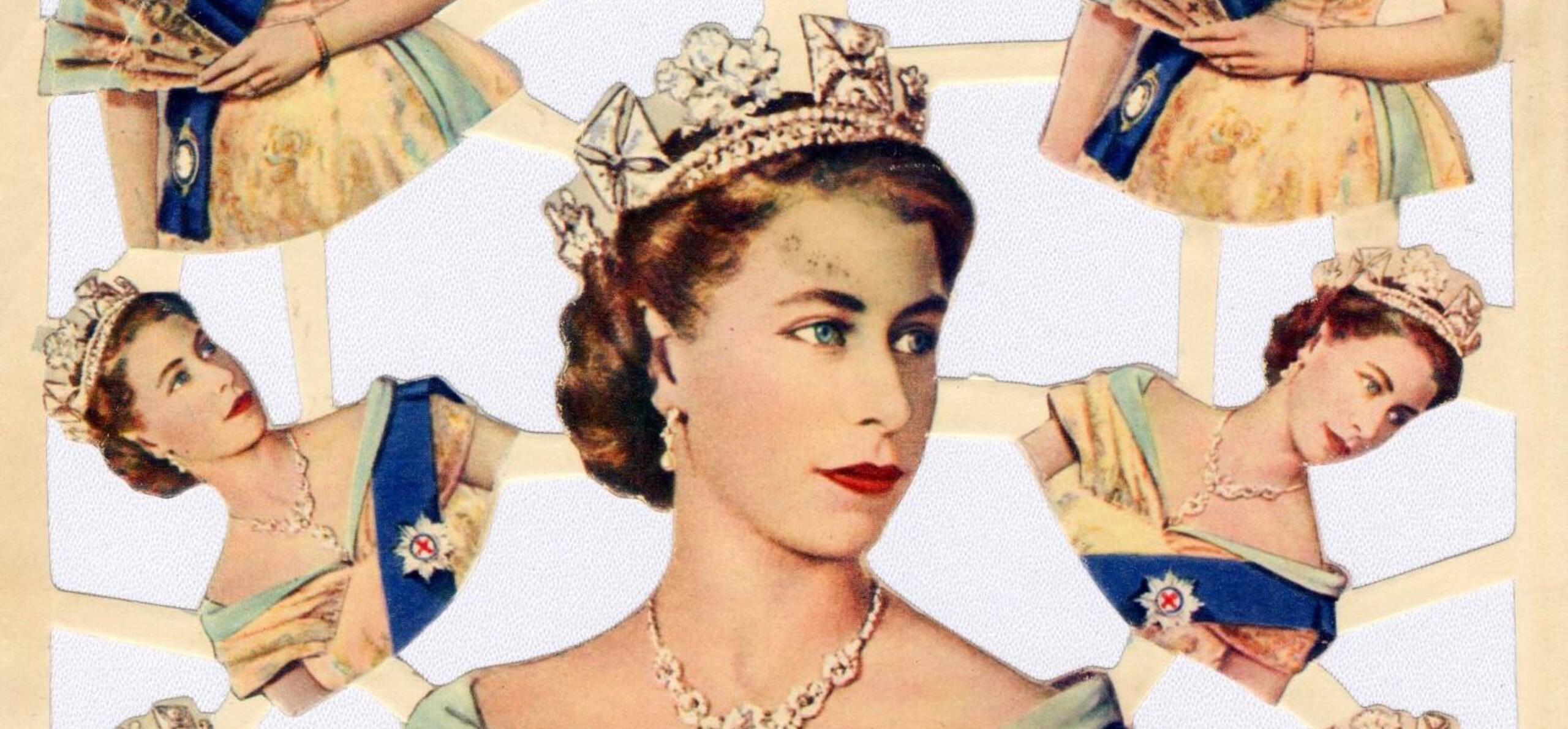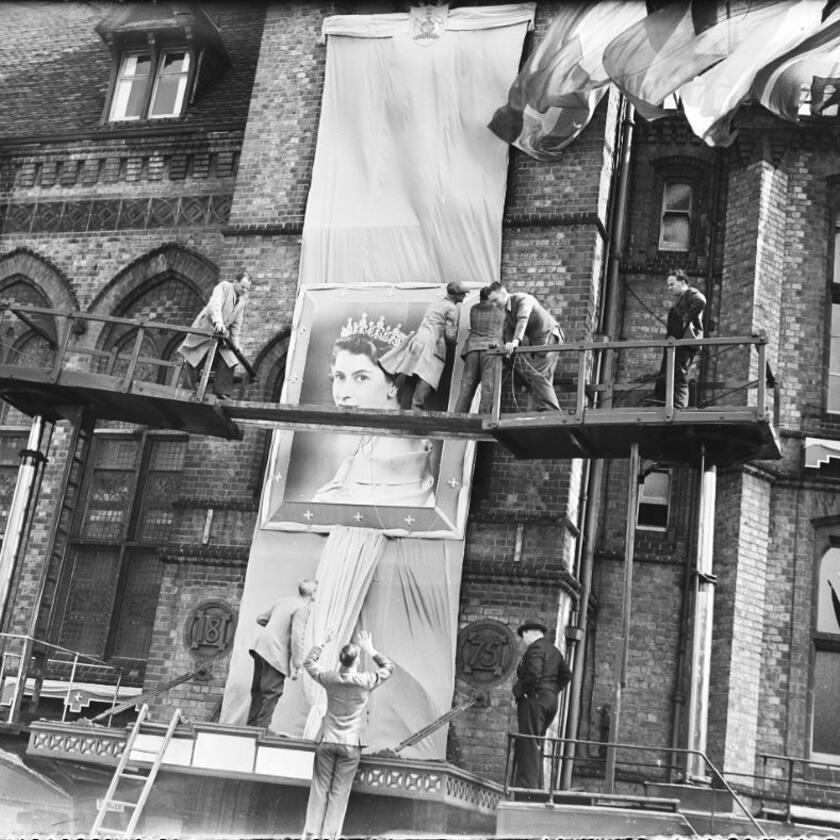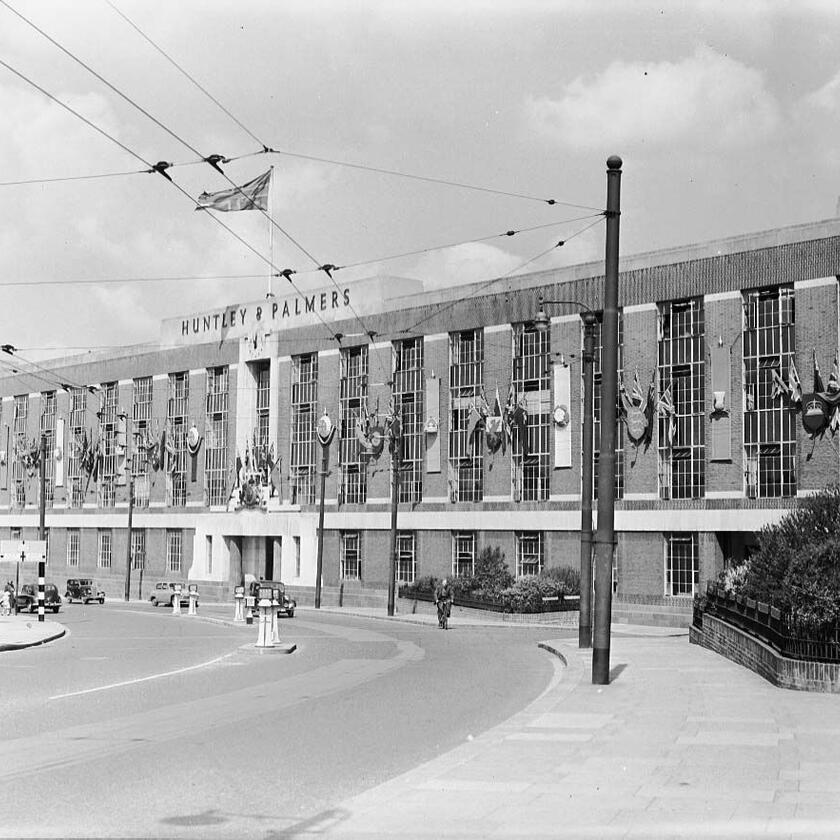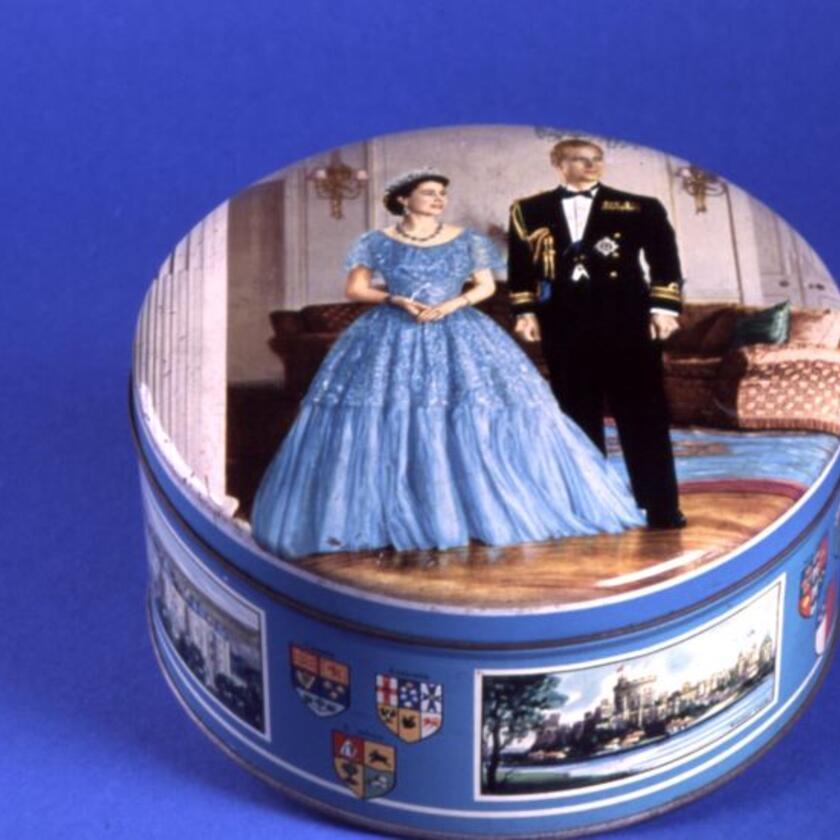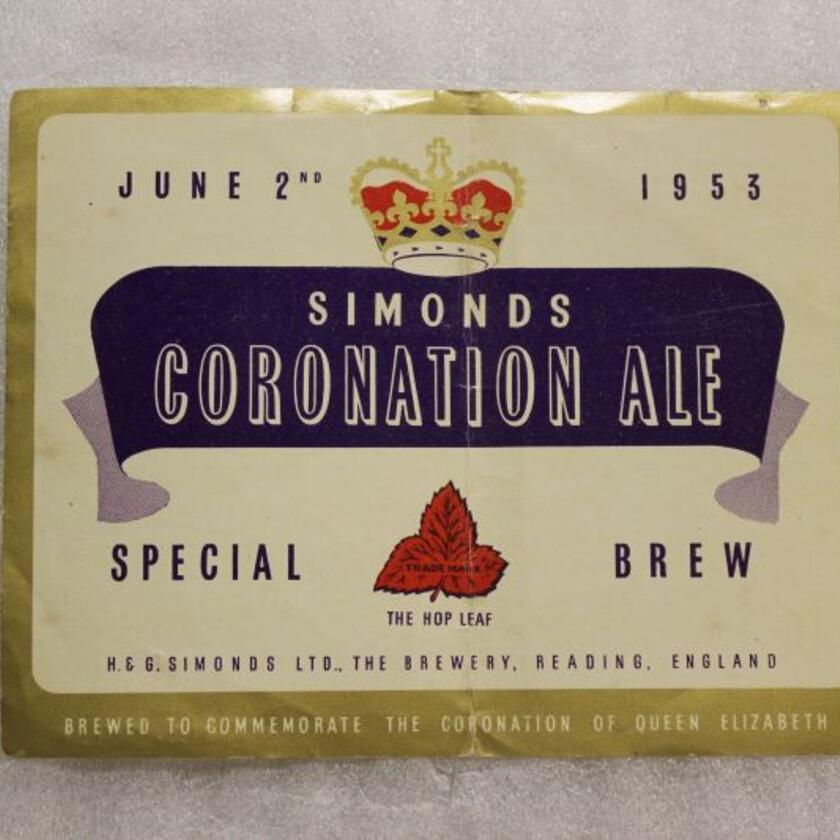On the 6 May 2023 His Majesty King Charles III will be crowned alongside The Queen Consort at Westminster Abbey in London.
In this blog we look back 70 years to see what Reading was like at the time of the last coronation, and we also find out how people celebrated the crowning of Queen Elizabeth II on 2 June 1953.
Reading in 1953
In 1953 Reading had hardly changed since the outbreak of the Second World War in 1939. Little money had been available to improve the town’s facilities and appearance, but after the hardship and austerity of the war the town was looking toward a brighter future. The Coronation gave Reading the opportunity to dust itself off after the deprivations of the 1940s.
From the 1950s, thousands of workers came to Reading, especially from the Caribbean, Indian, Ireland and Pakistan. The new arrivals of the 1950s and 1960s have had a lasting contribution to Reading’s social, economic, and cultural life.
You can find out more about this period in our blog Reading in 1951: looking to the future.
Coronation Celebrations
The town set up a Coronation Celebrations Committee in January 1953 to improve Reading’s shabby post-war streets and make plans for the festivities.
The Borough Architect put forward a scheme for the decoration of public buildings and spaces. This included flags and flowers in the main streets, floodlighting of the Forbury Gardens, the Town Hall clock-tower, St. Laurence’s Church and St. Mary’s Church, and fairy lamps in the Forbury Gardens, Christchurch Playing Fields and along Thameside Promenade.
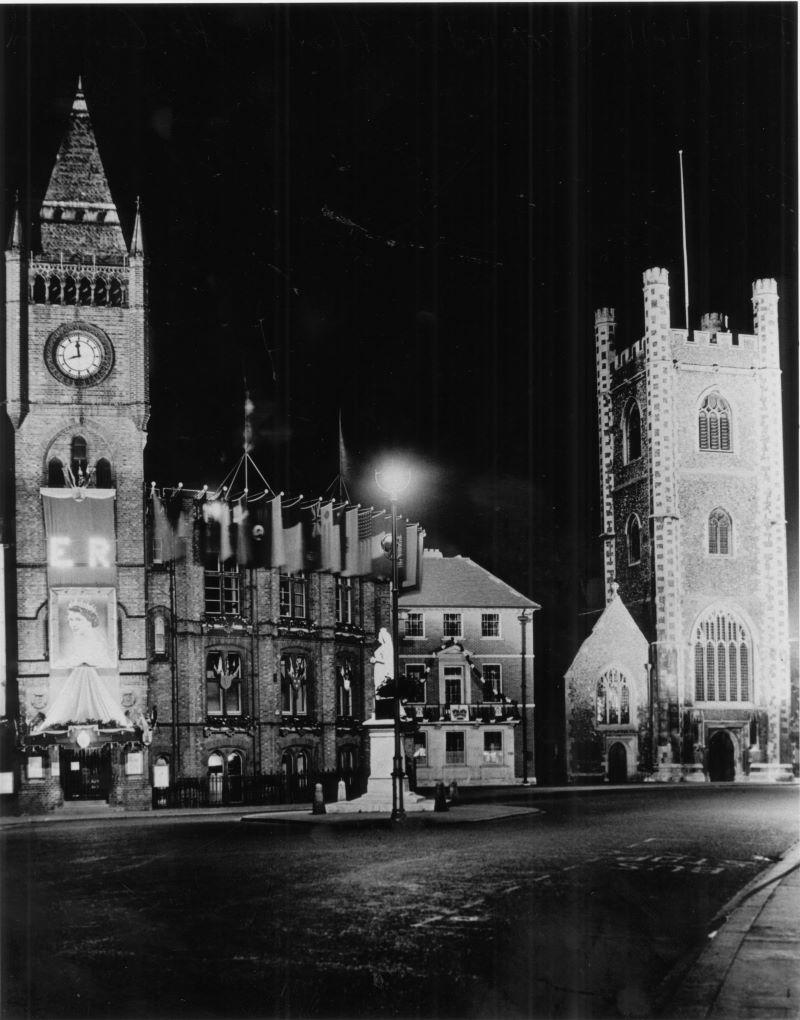
1953 Coronation decorations at St Laurence and the Town Hall clocktower, Reading (at night), taken by Philips of London. (Object number 1982.95.4)
The Committee decided that the programme of events for Coronation Day should include band concerts, athletics, water sports, dancing, a fun fair in Hill’s Meadow, a procession, and fireworks. A souvenir spoon was to be presented to every primary school child in Reading.
Meanwhile many local communities, churches, businesses, and organisations were planning their own celebrations including street parties across the town. There were competitions for the Best Decorated Street and Best Front Garden, sparking good natured rivalry between Reading’s neighbourhoods. The Chamber of Commerce urged its members to spruce up their premises with a lick of paint.
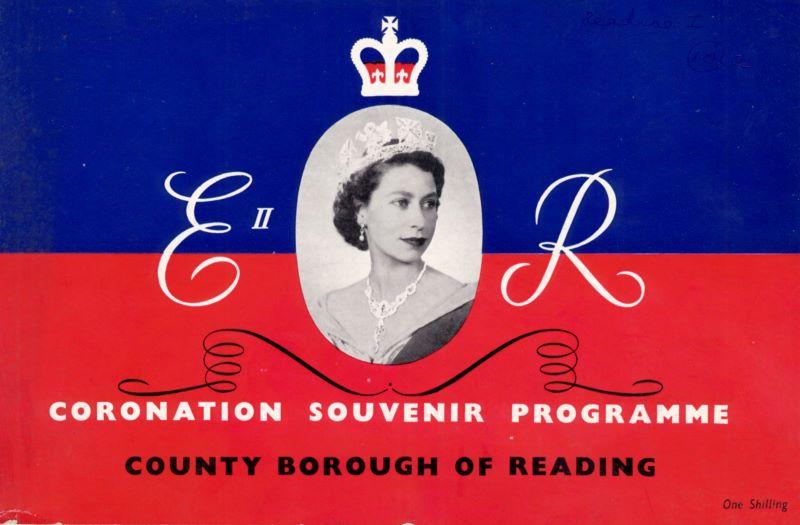
Coronation Souvenir Programme, County Borough of Reading, 1953. It features photographs by royal photographer Marcus Adams, including the Queen's portrait on the front cover (Object number 2001.194.205).
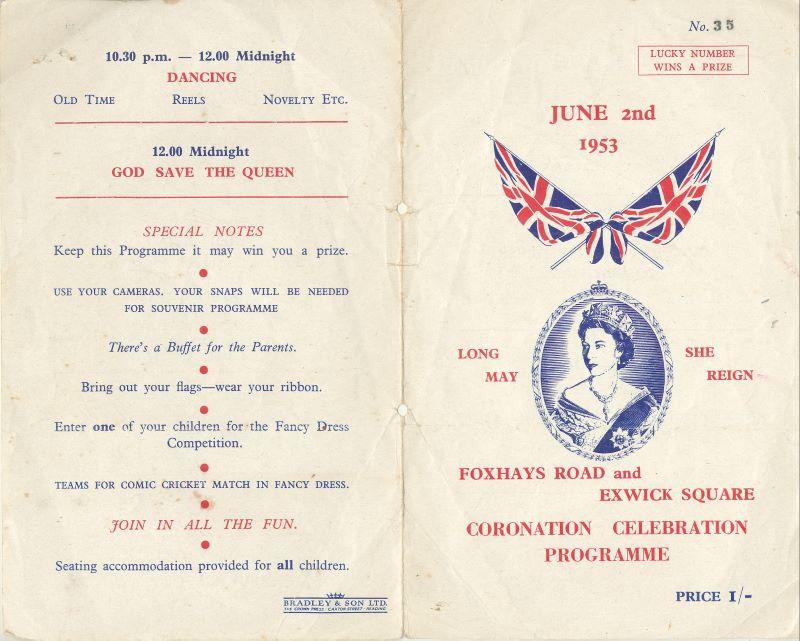
Souvenir events programme for the Coronation of Elizabeth II, held by the residents of Foxhays Road and Exwick Square, Whitley, Reading. (Object number REDMG : 2005.150.1).
A new Borough coat of arms
1953 also marked 700 years since King Henry III gave Reading its first charter, allowing the town’s merchant guild to trade freely throughout England. This anniversary was celebrated by an exhibition of the town’s royal charters in the Museum’s art gallery in July 1953.
Reading Council also applied to the College of Arms for some additions to the town’s coat of arms in honour of Queen Elizabeth’s coronation. The town’s existing arms was a shield showing a queen and four maidens. It was enhanced with two supporting white rams and a crest of an abbot’s mitre, symbolising Reading’s medieval wool trade, and Reading Abbey. The initials R. E. for Regina Elizabeth were reinstated to honour Queen Elizabeth II (they had first appeared for Queen Elizabeth I in 1566).
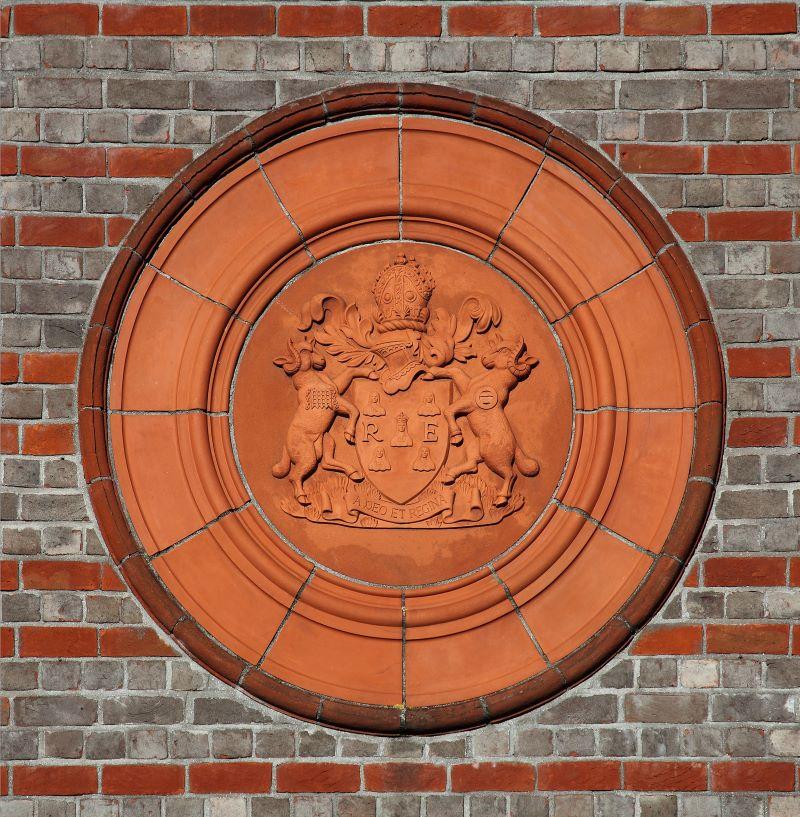
The Reading coat of arms were revised in 1953. This version is located on the exterior of Reading Town Hall.
Pennsylvanian delegation
During the festivities the Borough also entertained a delegation from Reading, Pennsylvania, USA. This acknowledged the generosity and goodwill shown by the citizens of Reading, Pennsylvania during the Second World War. The Pennsylvanian delegation presented a stained-glass panel to mark the coronation. It features St Laurence's church in Reading, UK and the old 1762 Courthouse of Reading, Pennsylvania together with the coats of arms of both towns.
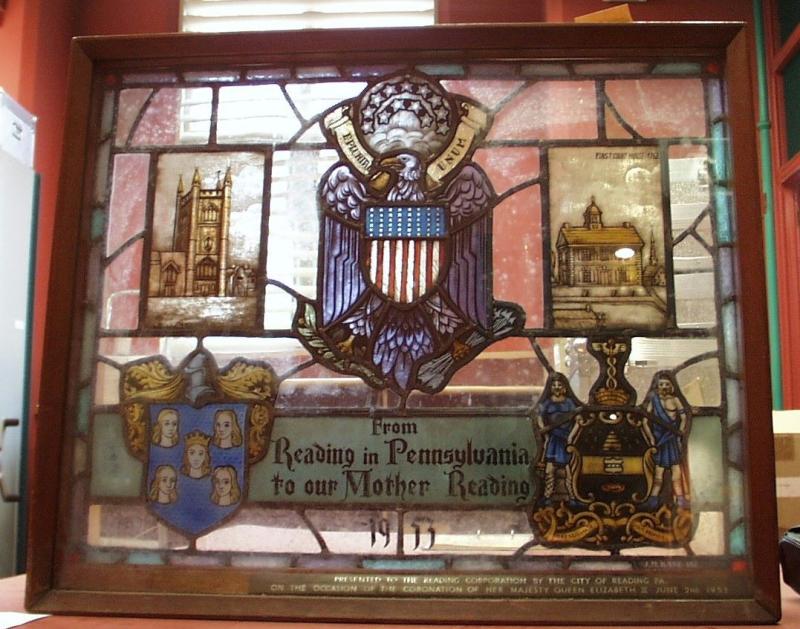
Stained glass panel from Reading Pennsylvania commemorating the link between Reading UK and Reading USA, 1953. (Object number 1998.1.14).
The build up to the Coronation
The first coronation celebration was an exhibition of royal photographs by Reading photographer Marcus Adams at the Museum. During May the town was encouraged by the Reading Standard newspaper to ‘hang out the flags’, and soon shops, office and homes were covered in red, white, and blue decorations. On 31 May there was civic service at St Laurence’s church and the Mayor of Reading Councillor Frank Lewis planted a tree in the Forbury Gardens.
Coronation Day
When the Coronation Day arrived on 2 June 1953 the weather was chilly and the streets were deserted, as for the first time the Coronation service was being broadcast live on television. More than 20 million people watched the service on television, outnumbering the radio audience for the first time. It was this event that did more than any other to make television a mainstream medium. The Reading Rotarians arranged for over 1000 older people to watch televisions at the Town Hall.
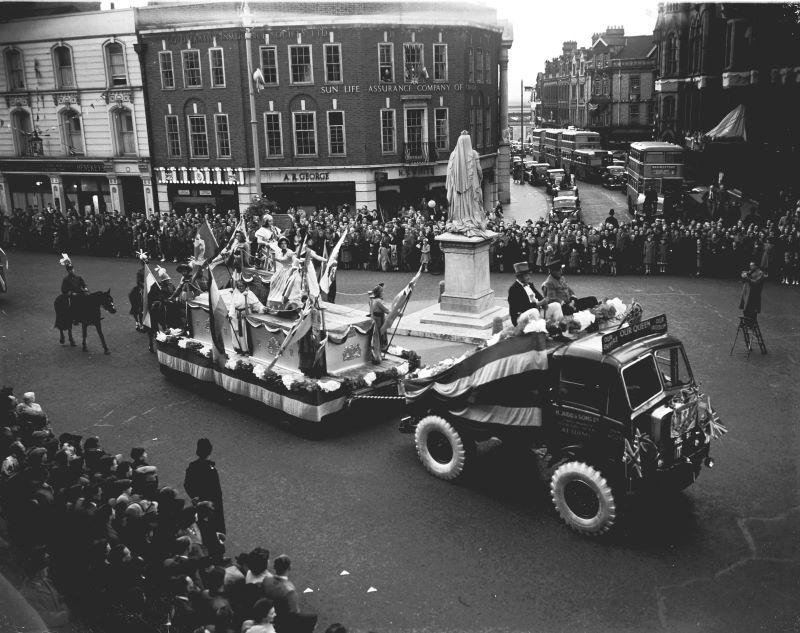
Coronation Procession, Friar Street, Reading. (Object number 1980.36.B655.4b).
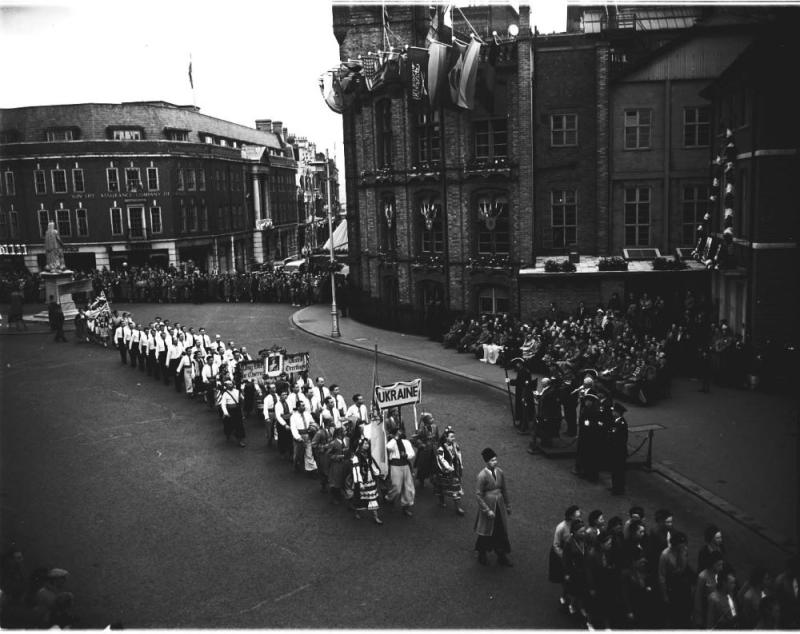
Coronation procession, including the Ukrainian community, outside the Town Hall and Queen Victoria's statue. It also shows the temporary repair made to the Town Hall after the air raid of 1943. (Object number 1980.36.B655.4c).
Despite the weather, the Celebrations Committee’s programme of events went ahead as planned, as did the street parties across Reading. The biggest events were the afternoon sports at Thameside meadows, and the early evening Coronation procession from Bath Road, via the town centre, to King’s Meadow, where prizes were awarded for best costumes and floats. Heavy rain at night meant open air dancing at the Thameside Promenade was cancelled, but thousands of people attended the firework display and bonfire at Hill’s Meadow. While the scouts lit four beacons at Anderson Avenue, Cressingham Road, Cockney Hill and Caversham Heights, part of a nationwide network of beacons to celebrate the Queen’s crowning.
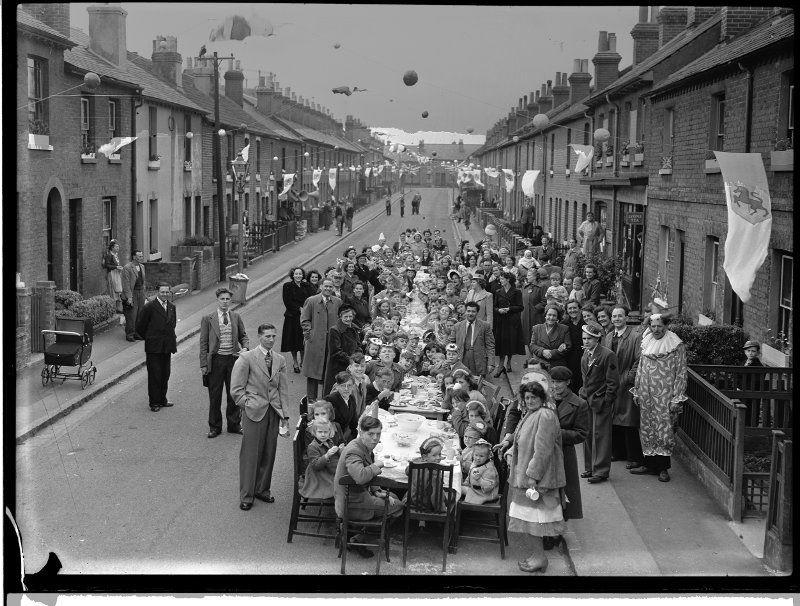
Amity Road Street Party, Reading, May 1953. (Object number 1980.36.B655.1).
The Queen’s first royal visit to Reading
Queen Elizabeth’s first visit as monarch to Reading was on 22 March 1957, accompanied by her husband Prince Philip. They went on a processional tour of the town, starting with an official welcome and walkabout outside the Town Hall. Their route included Friar Street, West Street, Broad Street, King Street, Duke Street, London Street, London Road, Alexandra Road, Elmhurst Road, and Whiteknights. The Queen then opened the Faculty of Letters building on the University of Reading’s Whiteknights campus.
King Charles III
Finally, as we celebrate the Coronation of His Majesty King Charles III, we look back at his own childhood with another photograph from our collection.
This shows Reading photographer Marcus Adams (1875 - 1959) chatting with Prince Charles on 29 October 1953. As Marcus chats to the young prince, he takes this photograph using the cable in his right hand to release the camera's shutter.
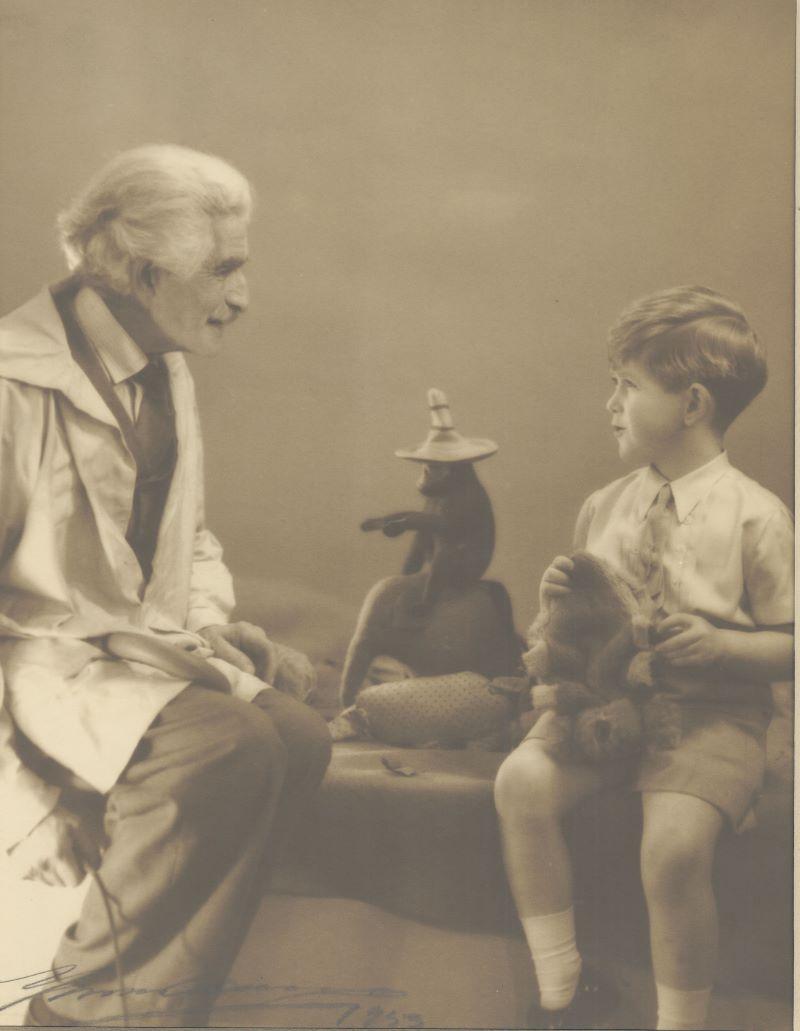
Marcus Adams with Prince Charles aged 4. Photograph by Marcus Adams - 29 October 1953. (Object number 2005.101.18). Purchased with the assistance of the Art Fund and the ACE/VandA Purchase Grant Fund. Copyright Rosalind Adams
